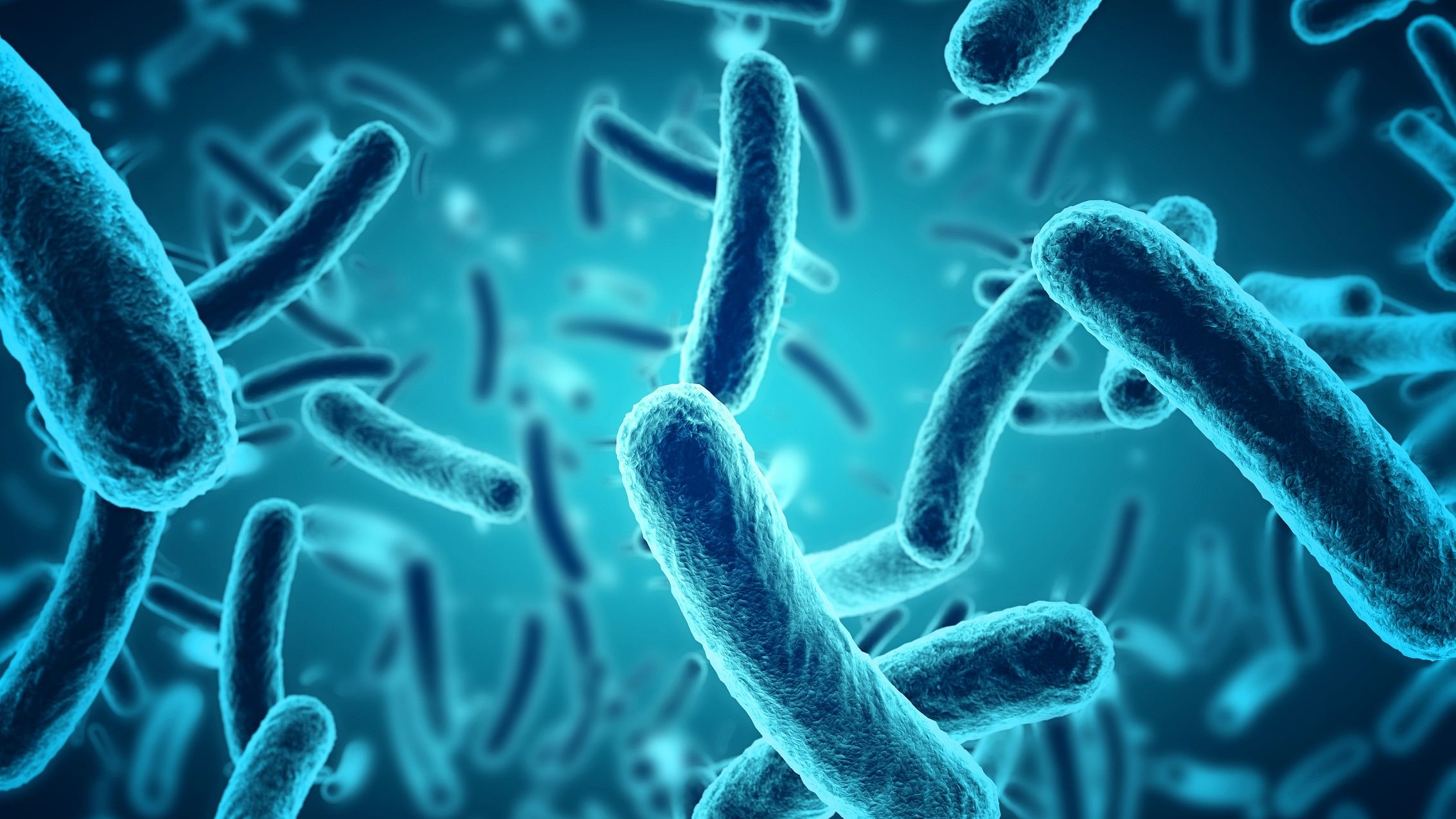
Representative image of bacteria.
Credit: iStock Photo
Bengaluru: The bacterial contamination of surfaces – a leading cause of infections – has inspired scientists to devise mitigation methods with varying degrees of success.
Customising the roughness of metallic, ceramic and other hard surfaces, enabling them to physically break these bacterial cells, has been one approach. Its possibilities on softer surfaces, like synthetic plastic and rubber, however, have remained largely undetermined.
A new study by researchers at the Indian Institute of Science (IISc) promises a start. A research team at the IISc’s Department of Materials Engineering has developed nanopillars on polyethylene terephthalate (PET) surfaces that can physically rupture bacterial cells. The approach is nature-inspired – nanopillars on the surface of insect wings have been noted for their ability to kill bacteria.
The research pitches soft surfaces fabricated with nanostructures as an anti-bacterial solution, with diverse applications – from proofing medical devices to improving safety standards in food and packaging industries.
The team, led by Prof Kaushik Chatterjee and comprising Anindo Roy, Deepak Patil and Prasad K D V Yarlagadda, patterned the nanopillars on PET surfaces with reactive ion etching, a technique through which high-energy ions are directed onto surfaces to fabricate nanostructures. These soft, flexible pillars were, individually, found lacking in rigidity to pierce the bacterial cells but when clustered in tent-like forms, demonstrated "cooperative stiffening" and could rupture the bacterial membranes.
Anindo Roy, a PhD student, is the lead author of the study, published in the Journal of Colloid and Interface Science.
In hospital environments, bacterial cells that are attached to beds, floors, tables, door knobs, air exhaust vents and other surfaces can expose the vulnerable to infections.
Bacterial infestation in food packaging has been found to set off illnesses. Protection from these infestations is also critical to the packaging of perishable food products.
Killing bacteria, in clusters
Theoretical calculations and finite element simulations revealed that, unlike individual pillars, vulnerable under the compressive forces exerted by the bacteria, the tent-like "superstructures" came with the rigidity required to inactivate the bacterial cells.
Prof Chatterjee said the findings are significant as they could inspire strategies to counter anti-microbial resistance (AMR), the global health threat that is making a wide range of infections increasingly difficult to treat.
"AMR has emerged as a serious concern and researchers are also exploring ways to address this without having to take the antibiotic route. The study reaffirms the potential of altering surface topography to eliminate bacterial contamination. In a hospital setting, for instance, these nanostructures could be fabricated on the tables and medical devices," he told DH.
The nanostructures were also tested for their durability in daily applications. They can be fabricated on a variety of soft surfaces in the food and packaging industries as well, the researchers said.